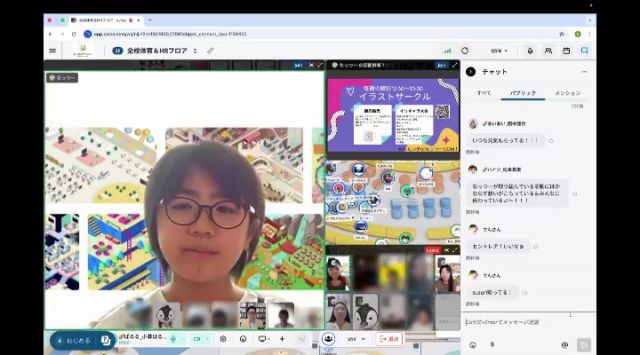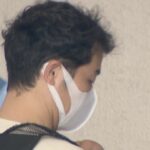We explore the creation of new safe spaces in virtual online environments for children who are not attending school.
Meet “Nattsu,” a fifth-grade elementary school student.
She attends classes in a “metaverse” classroom.
The metaverse is a virtual online space where users interact with other participants using their digital avatars.
Nattsu attends “NIJIN Academy,” a free school for elementary and middle school students who are not attending traditional school.
Students can choose between the metaverse classroom and a physical classroom, and their attendance counts toward compulsory education requirements.
“There are classes like career education, where we learn how to use social media or try producing YouTube videos—these modern, forward-looking classes are the most interesting,” says Nattsu.
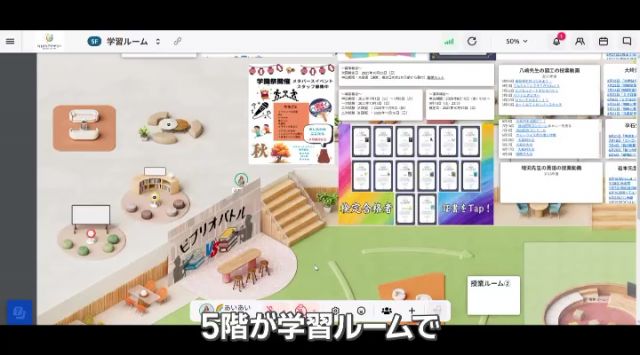
Nattsu gave a tour of the metaverse classroom.
“The fifth floor is the study room. Since more people are taking certification exams, we have spaces for exam consultation and classrooms. When you connect to an object and press the camera button, your face appears like this. For those who want to show their face but prefer not to use their real appearance, there are options like foxes, lions, and penguins,” Nattsu explained.
There are also metaverse-specific ways to get someone’s attention.
“If someone is nearby, double-clicking makes a ‘pon pon’ sound. It’s like saying ‘hey’ to get their attention—this sends a notification to the other person, and then you can start talking,” Nattsu said.
Q: Does having friends nearby motivate you to study?
“Yes. Sometimes we turn our cameras on, and other times we study as avatars. When I see others working hard, it motivates me, and I think they feel the same way about me—it helps us keep moving forward,” Nattsu shared.
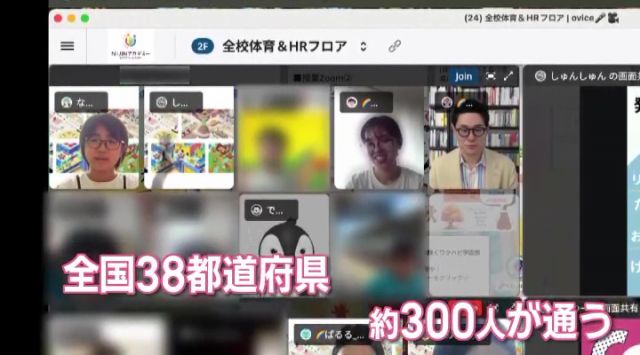
This metaverse classroom is attended by around 300 children from 38 prefectures across Japan, and more than 150 students have since returned to traditional compulsory education schools.
“By providing rich educational opportunities and chances to meet friends from the safety of their homes—their only safety net—children can regain their sense of self, joy in living, and ability to learn. We can create a psychologically safe environment for them.”
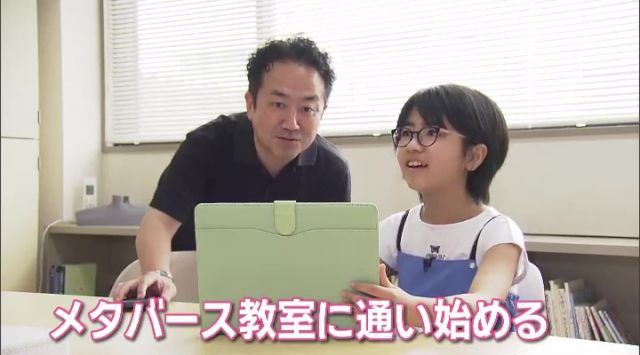
At 10 a.m., the whole-group homeroom begins in the metaverse classroom.
Today, Nattsu is presenting about her activities during summer break.
“Good morning, I’m Nattsu. Today I’ll share what I did over the summer and talk about some clubs. I wrote down everything I’m involved in right now: Rainbow Newspaper Club, Tokai Region Excursion Group, Rainbow Star—this is a company I came up with as part of my goal to become an entrepreneur,” Nattsu said.
Although Nattsu is very active now, she began struggling with school in third grade.
“I was class representative in the latter half of second grade. It was fun back then because I was only in second grade. When I ran again in the first term of third grade, it was harder than I expected. There were kids who used violence or hurtful language. Just watching that was difficult, but after I experienced it myself, I didn’t want to go anymore.”
After that, she began attending the metaverse classroom, which her parents found through research.
“She became much more like herself than when she was attending traditional school—that was a relief.”
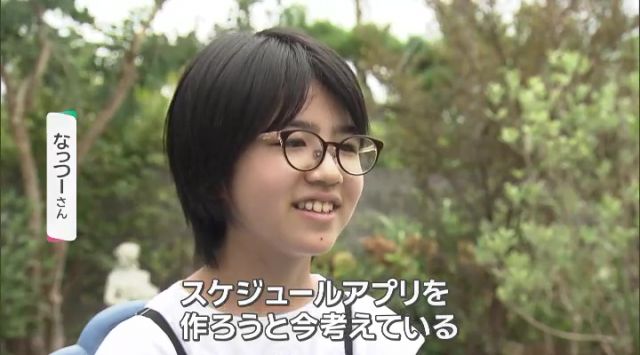 </img
</img

